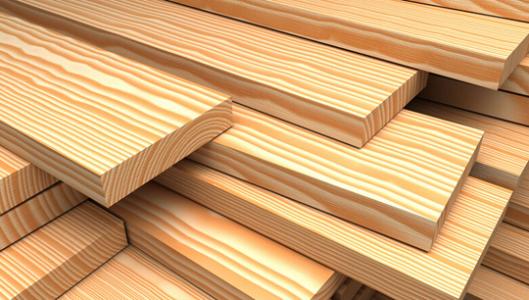Frame and Panel
The panel is either captured in a groove made in the inside edge of the frame members or housed in an edge rabbet made in the rear inside edge. Panels are made slightly smaller than the available space within the frame to provide room for movement. Wood will expand and contract across the grain, and a wide panel made of solid wood could change width by a half of an inch, warping the door frame. By allowing the wood panel to float, it can expand and contract without damaging the door. A typical panel would be cut to allow 1/4″ (5 mm) between itself and the bottom of the groove in the frame. It is common to place some sort of elastic material in the groove between the edge of the panel and the frame before assembly. These items center the panel in the frame and absorb seasonal movement. A popular item for this purpose is a small rubber ball, known as a spaceball (a trademarked product). Some cabinet makers will also use small pieces of cork to allow for movement. The panels are usually either flat or raised.
A flat panel has its visible face flush with the front of the groove in the frame. This gives the panel an inset appearance. This style of panel is commonly made from man-made materials such as MDF or plywood but may also be made from solid wood or tongue and groove planks. Panels made from MDF will be painted to hide their appearance, but panels of hardwood-veneer plywood will be stained and finished to match the solid wood rails and stiles.
A raised panel has a profile cut into its edge so that the panel surface is flush with or proud of the frame. Some popular profiles are the ogee, chamfer, and scoop or cove. Panels may be raised by a number of methods – the two most common in modern cabinetry are by coving on the tablesaw or the use of a panel raising cutter in a wood router or spindle moulder.

Previous:Graphite Sliding Liners For Sanders/Steinemann Sanders/Imeas Sanders
Next:The report from ZST was published in the September issue of PANELWORLD



